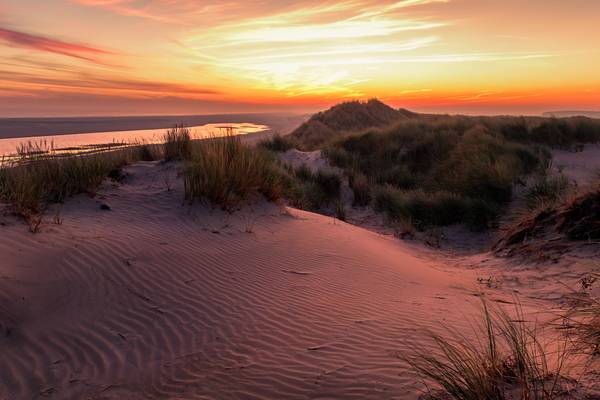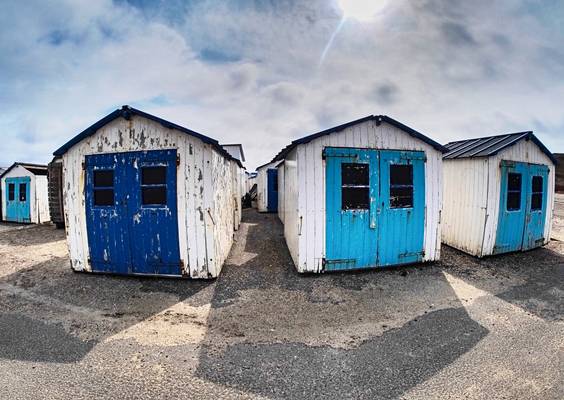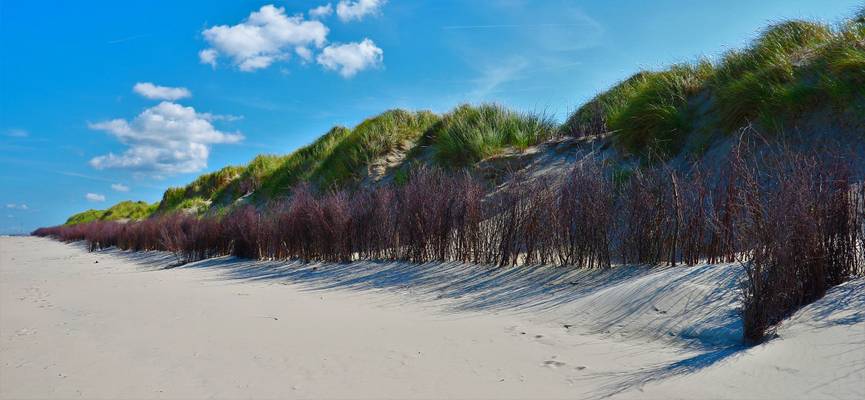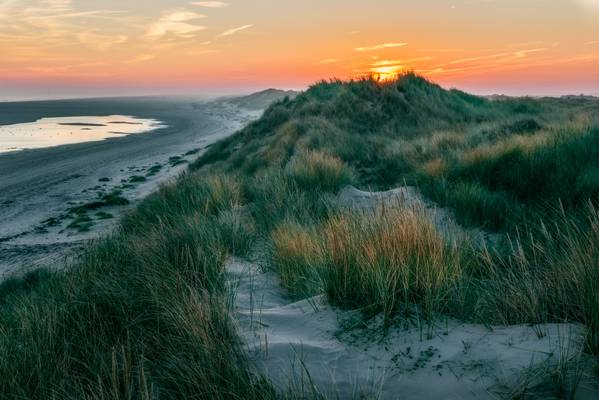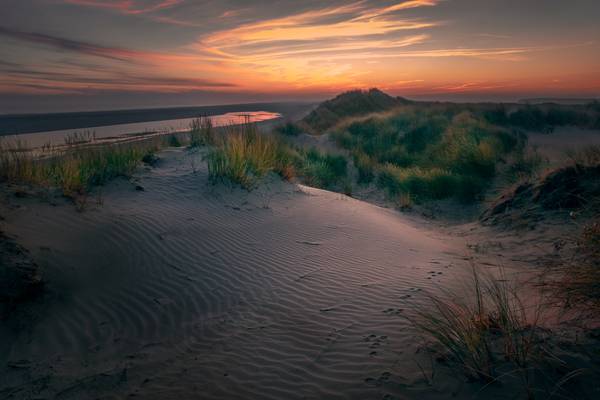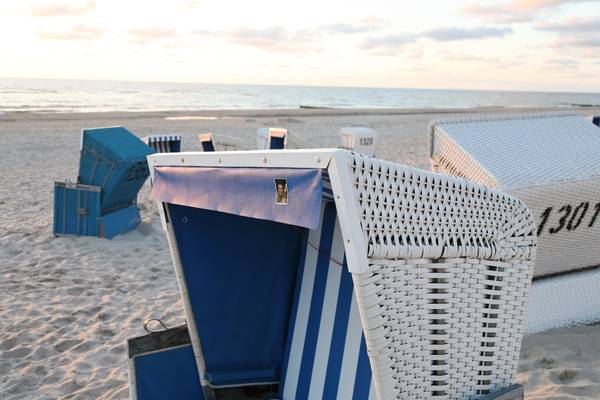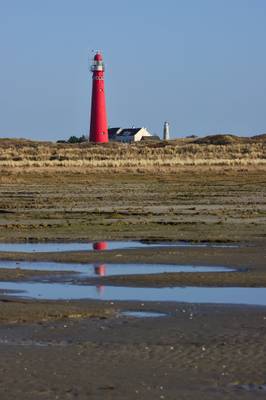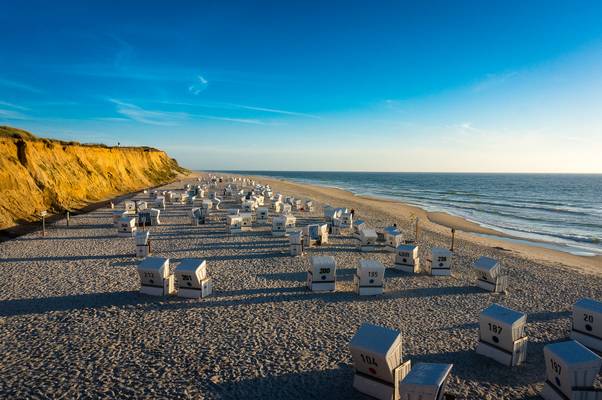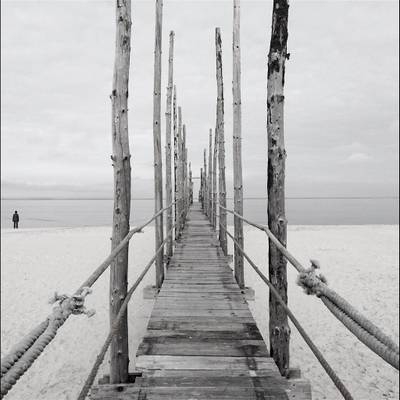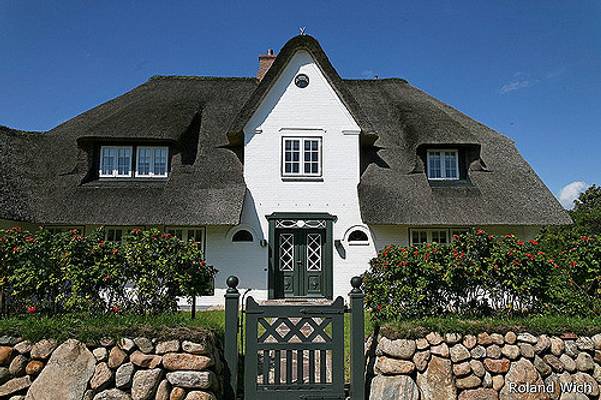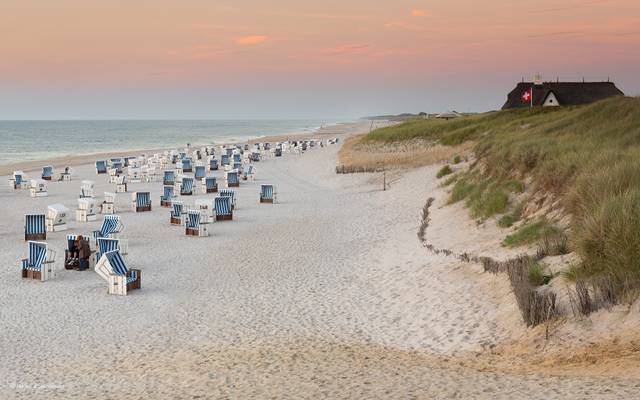
Frisian Islands
The Frisian Islands are a chain of islands located off the coast of the Netherlands and Germany. These islands are known for their stunning natural beauty, with miles of sandy beaches, dunes, and picturesque villages. For photographers, the Frisian Islands offer a wealth of opportunities to capture breathtaking landscapes and seascapes. Some of the most popular photography locations on the Frisian Islands include the lighthouse on Texel Island, the sand dunes on Ameland Island, and the colorful houses in the village of Schiermonnikoog.

by Heike Rosenbaum
Thatched roof houses, dunes, long sandy beaches and roofed wicker beach chairs are typical for the magnificent island of Sylt
Kampen beach, Sylt
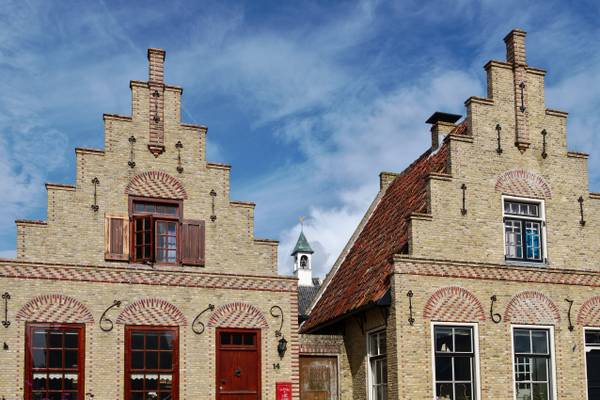
by Rob Oo
Whaler's houses at the Commandeurstraat (=captain's street) , West-Terschelling, The Netherlands

by Adelheid Smitt
The lighthouse on Ameland is known as Bornrif. It is 55m high and was built in 1880. Nowadays it has retired from function and has become a tourist attraction. One can climb the 236 steps to the top and enjoy the view.
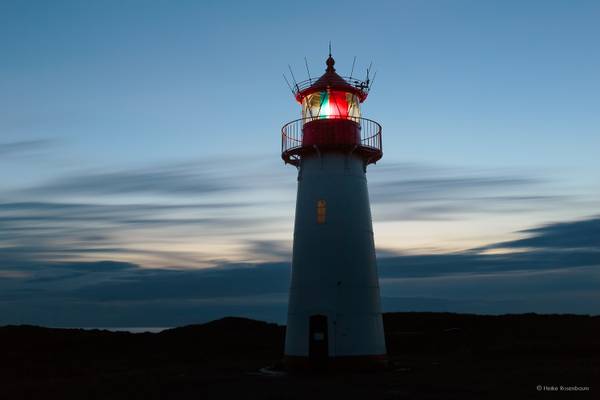
by Heike Rosenbaum
Blue hour on the isle of Sylt
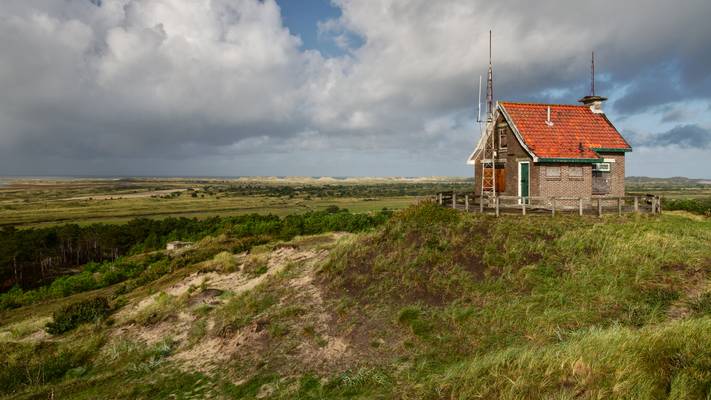
by Rob Oo
Terschelling, The Netherlands.

by Salvatore Petrantoni
Mandø is one of the Danish Wadden Sea islands off the southwest coast of Jutland, Denmark in the Wadden Sea, part of the North Sea. The island covers an area of 7.63 square kilometres (2.95 square miles) and had 40 inhabitants in January 2018.[1] The island is part of Esbjerg Municipality and is situated approximately 12 kilometres (7 miles) southwest of the ancient town of Ribe.
Mandø is barely accessible at high tide over an unpaved surface level causeway of about four kilometers in length that connects the island to the mainland. Extensive mudflats and tidal marshes encircle the island and provide breeding areas to multitudes of birds and other organisms.[2] In the past centuries a large earthen dike has been constructed around the perimeter of the island, although substantially set back from the shoreline. This artifice has allowed conventional farming in the form of grain growing and sheep grazing. Mandø is technically a hallig, although it is far from the ten German islands commonly described by that term. The name was formerly often spelled Manø.
Reference: en.wikipedia.org/wiki/Mand%C3%B8
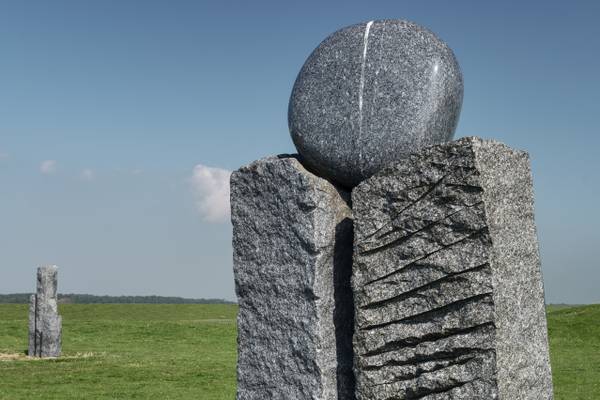
by Rob Oo
On Sunday, January 25, 1903, Captain Morel sailed his Swedish steamship "The Otto" from Gothenburg to Manchester, carrying a large cargo of granite. In a heavy storm, the ship sank off the coast of Terschelling. The captain and his first mate died in the accident. 19 other passengers, including two women, were rescued and brought to land on Terschelling.
Exactly 100 years later, members of the Terschelling diving team "Ecuador" raised 33 enormous blocks of granite from the wreck. Dimensions varied from one, to almost two and one half meters in length, and the heaviest blocks weighed more than one ton.
In 2003 and 2004, the Israeli-Moroccan artist Yael Artsi, sculpted some of the 33 blocks of granite. Six monumental sculptures were the result. It was her idea to create maritime elements relating to the history of their origin, and also forging a link to the island.
West-Terschelling, The Netherlands.
www.vvvterschelling.com/places-of-interest/beelden-uit-ze...

This photo was taken while walking on the dunes (Eierlandsche Duinen) of a small island called Texel off the Dutch coast. The wind was causing the...
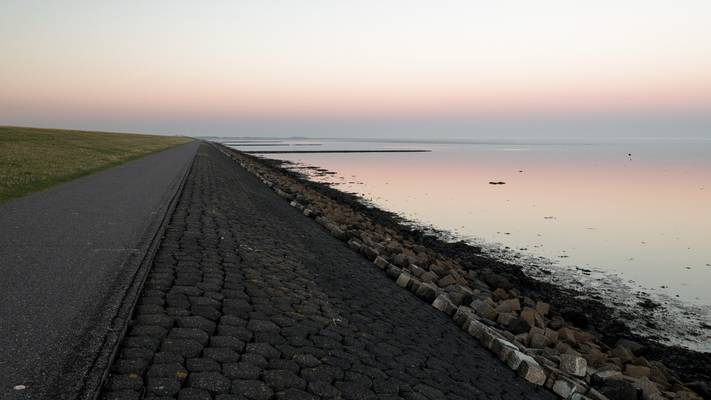
by Rob Oo
Wadden Sea dike just after sunset. Lies, Terschelling, The Netherlands.
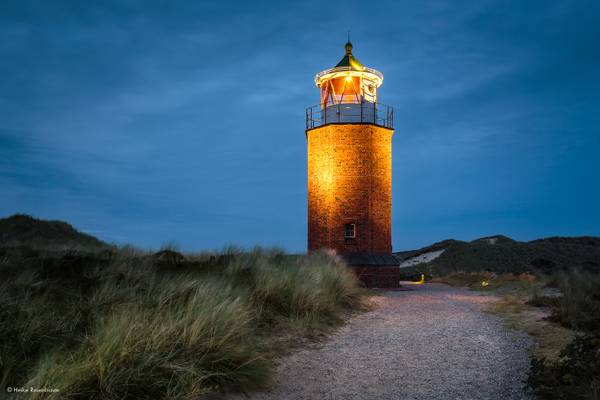
by Heike Rosenbaum
Lighthouse in the dunes
Kampen, Sylt
in explore March 22, 2018
Thanks to all Phoide contributors to Frisian Islands!
Most notably Rob Oo, Heike Rosenbaum and Adelheid Smitt.
